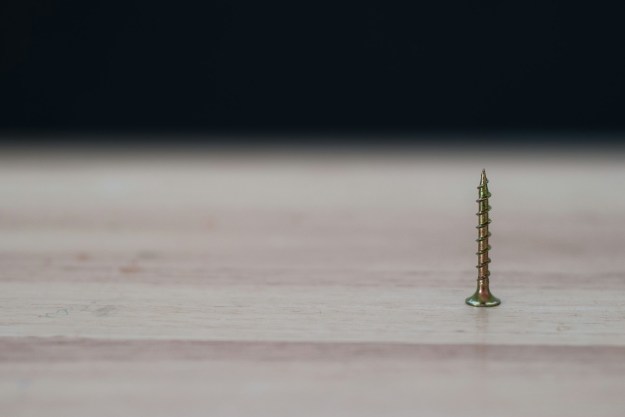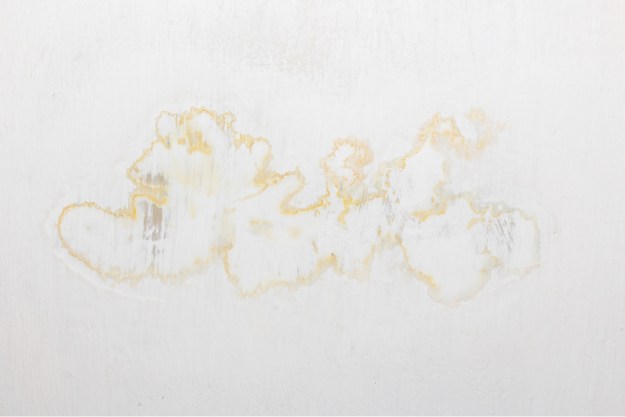
They might be reusable or universal or customizable or insertable, but labels for storage bins all do the same thing: identify what’s in or who owns the items in a container. The labels typically are easy to use, read and change. Plus, some are designed to stick to plastic, fabric, and other materials. To ensure you’re using one of the best available, consider getting one of these leading labels for storage bins.
As the number of storage bins sitting in your closet, basement or garage grow exponentially, it becomes extremely difficult to remember what’s in each one. Instead of working on your memorization skills, put that effort into labeling each bin. These helpful and easy-to-read labels for storage bins can make it much easier to identify a container’s contents.
ONUPGO Premium Chalkboard Sticker Labels
Best Reusable Option

Storage bin labels that are reusable are a very good option. The ONUPGO Premium Chalkboard Sticker Labels can be reused many times because the write-peel-and-stick labels can be wiped clean with a damp cloth, then be rewritten, repeeled and reapplied. Sold in a package of 196 stickers, the high-quality waterproof chalkboard labels are made from a durable vinyl material and feature a long-lasting, refrigerator-safe adhesive.
Avery All-Purpose Labels
Best Value

Need a good price and high volume as much as you need good storage bin labels? The Avery All-Purpose Labels have you covered value-wise with an affordable price, 128-count package, and simply designed but highly useful multipurpose stickers. The white labels have a permanent adhesive that’s engineered to keep them securely in place.
AUSTOR Hanging Chalkboards Signs
Best Decorative

Perhaps storage bin labels that are as attractive as they are functional would interest you. AUSTOR Hanging Chalkboards Signs resemble cute mini chalkboards and are double-sided, erasable and reusable. Sold in a 14-pack, the labels are ideal for use on wedding items, kids crafts, party favors, and gifts, or for help with decorating, labeling, reminders, and memos.
There’s good help out there to keep track of what’s in all of your storage bins. These highly useful and highly reusable storage bin labels might be all the help you need.




